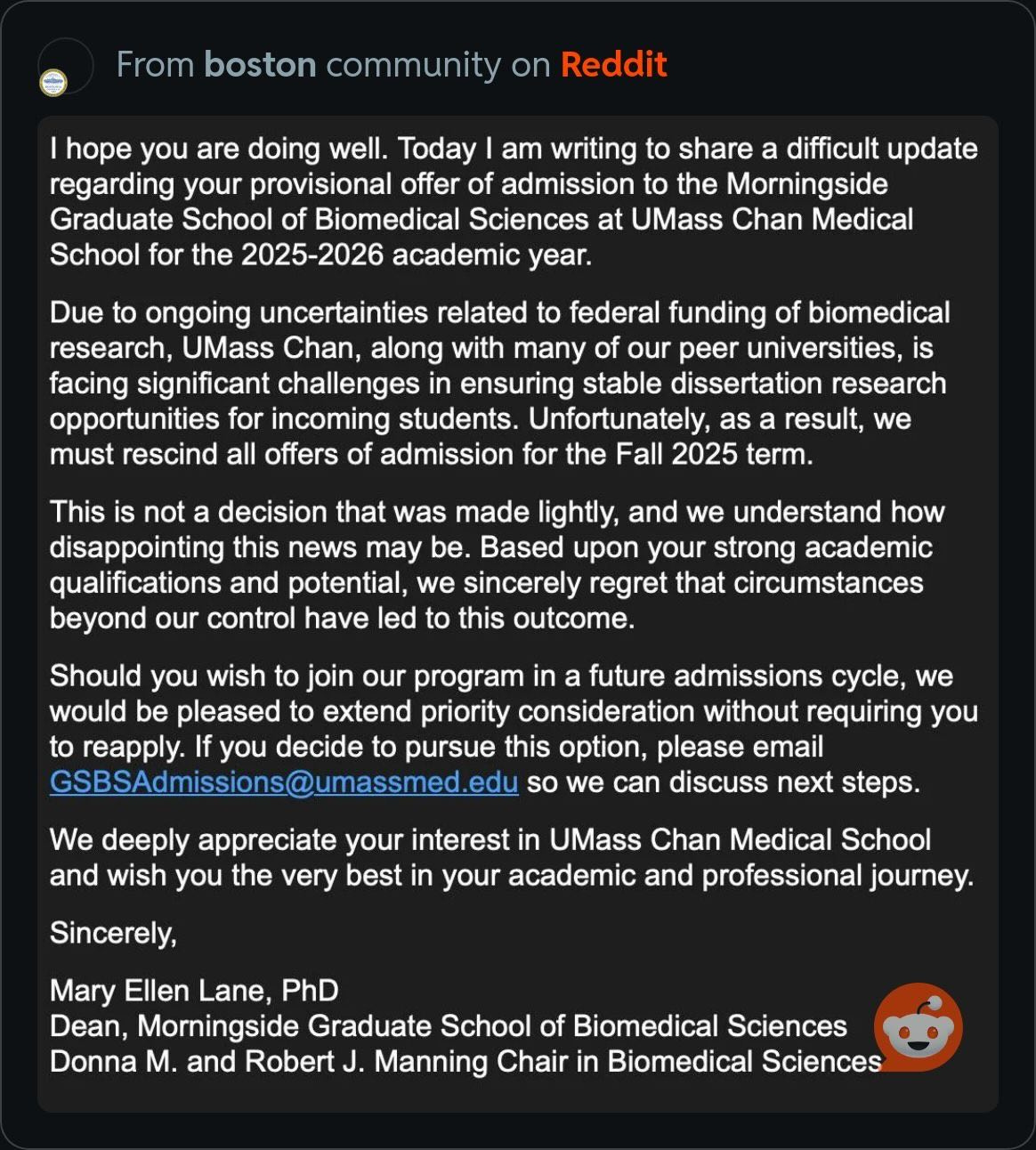The Economic Danger of Disinvesting in Education
Graduate and medical schools are beginning to cancel admissions for the upcoming academic year. Current offers are being rescinded, and entering class sizes are shrinking due to federal funding uncertainty. This isn't merely an academic concern—it represents an existential threat to American innovation for generations to come.
The Hidden Engine of Supply-Side Economics
Supply-side economics is often mischaracterized as simply advocating for tax cuts. However, its most transformative elements center on strategic education, research, and health investments. The authentic power of supply-side approaches comes from building human capital and knowledge infrastructure. This part of the policy has been ignored in recent policy discussions.
Investing in education creates a skilled workforce that drives innovation while developing a specialized workforce and expanding the talent pipeline. Similarly, research investment provides the foundation for commercial breakthroughs through basic financing, public-private partnerships, cutting-edge infrastructure, and international collaboration that addresses the world’s greatest challenges.
American innovation has been built on federal funding of research and innovation. American education has historically been highly regarded due to the investment in education and the property rights associated with the innovations it creates. To maintain its leading position in innovation, the United States must continue investing in education, research, and development.
The Devastating Consequences of Disinvestment
The current uncertainty in federal funding threatens to create a lost generation of scientists and medical professionals. The economic implications are profound and far-reaching.
The Association of American Medical Colleges already projects a shortage of between 37,800 and 124,000 physicians by 2034. Reducing medical school class sizes will further restrict healthcare access, particularly in underserved communities. Due to basic supply constraints, healthcare costs will increase, diminishing our capacity to respond effectively to future health crises.
Global Leader in Innovation?
While America retreats from educational investment, other nations are advancing:
The U.S. risks relinquishing its position as the global leader in innovation
International talent will flow to countries with more stable funding models
Research leadership will shift to nations making strategic educational investments
A recent article by Inside Higher Education finds that a record number of U.S. students are applying to college in the U.K. Figures from the University and College Admissions Service, UCAS, show that 6,680 U.S. students applied to U.K. courses for 2025–26 as of January.
The Takeaway
The cruel irony is that in attempting to achieve short-term budget objectives, we inflict lasting damage on America's economic future. Educational disinvestment represents a self-inflicted wound whose consequences will burden us, our children, and our grandchildren.
Update: John Hopkins University fires 2,000 employees due to federal funding cuts by the administration. Link
Other Posts
How to Write Every Day
I have a note in my Notes app called "Thoughts." This is where I collect ideas throughout my day. It's nothing fancy, just a collection of random things that I find interesting:




The tremendous spillover effects of education were first recognized in the United States in 1865 in Massachusetts when taxpayers began paying for teaching young children how to read and write and add and subtract. Of the 48 states in 1918 Mississippi was the last state to not only provide taxpayer money to educate young children but require that children up to 16 years of age attend public school. With lots of baby boomers retiring and facing increasing health challenges, we are going to need more doctors and nurses. Maybe at that point more people will fully recognize and appreciate the tremendous spillover effects of education.